Before smoke was a trend, it was survival. Ceremony, not spectacle. Wheat- our honorary grain- is a testament to resilience. Yes, a word so misused these days, especially when applied to people surviving the incomprehensible.
This is craft. Gathered green- premature- and burned, freekeh (meaning rubbed) is a delicacy born of necessity. A testament to human ingenuity. Ancient technology, still alive in our hands and on our lands.
It is my ultimate grain, best honoured by way of simplest of treatments; simmer gently with a pinch of salt. Finish with a drizzle of olive oil. That is all. Stay humble before beautiful ingredients, they need no intervention, only respect. That said, I have many recipes that feature this spectacular grain. If you’re keen on more Freekeh features, drop a comment below.
Images taken on a @tastelebanon tour (Part of the Taste WANA collective) in Zawtar, South Lebanon with Abu Kassem, May 2015. Photography by Sarka Babicka.
Name & Etymology
The Arabic term farīk (فَرِيك) literally means “rubbed” inspired by the rubbing that gives freekeh, Frikeh, Freeka, Froka (Assyrian) and Firik (in Turkish) its name.
Bronze-Age Discovery (c. 2300 BC)
The legend: According to Nachit (2007) and Slow Food Beirut, freekeh’s story begins around 2300 BC, when invaders set fire to a Coastal Shami village’s green wheat fields. The inhabitants, determined to salvage their harvest, rubbed away the charred husks and discovered that the heat had roasted, ripened, retained their greenish-hue and were delicious. This serendipitous finding became the foundation for what we now call freekeh.
Biblical & Medieval References
In Biblical Hebrew texts, scorched grain appears under the terms qalûy (“roasted”) and carmel, implying a freekeh-like preparation as early as the First Temple period.
In the 13th-century Baghdad cookbook, Kitab Al Tabikh or the Book of Dishes, a dish by the name of farīkiyya describes cooking young wheat with meat, water, cinnamon bark and coriander, very much an early pilaf.
Archaeological support: While the Bible gives us the earliest written record, archaeologists have uncovered charred green-wheat remnants in Bronze-Age sites (circa 2300 BC) across northern Syria, confirming that the “burn and rub” method was in practice well before any text recorded it, also suggesting the method spread quickly as both preservation and flavour technology.
First, the freshly cut, still-green wheat is piled and set alight.
The fire is often flecked with Ballan bush (also called Bellamy), which Fairuz sings about; its fragrant smoke gives quality freekeh its signature perfume.
The moisture in this prematurely harvested wheat-called haleeb or “milk”- prevents it from burning; if more than seventy percent is driven off during roasting, the kernels would scorch. The remaining thirty percent moisture is left to evaporate during an initial period of storage lasting a fortnight.
Once charred, the grain is traditionally rubbed by hand, though today most growers use a shaker.
It is tasted fresh, to confirm that the roast and moisture level is just right. Oh, what a flavour! I can attest to the formidable privilege of tasting freekeh at this stage.
Next it’s tucked into dark bags for fifteen days, during which that remaining thirty per cent moisture evaporates.
After a single day under the sun to stabilise that final thirty per cent, the smoky, tender wheat goes off to the mill, where it can also be cracked into the freekeh you cook with or left whole. I personally prefer the cracked variety.
What Makes Freekeh So Special?
Freekeh is an outstanding, under-appreciated grain and a nutritional powerhouse. Beyond its ingenious, necessity-driven origins and millennia-old refinement aka ancient technology, freekeh offers a delicate yet robust flavour, courtesy of the gentle roasting and controlled evaporation- that yields a grain both richly nuanced, unique and resilient. It is high in fiber, protein, vitamins and minerals and although not yet proven, some believe it to be suitable for gluten-free diets as the gluten is denatured due to the high temperature burning process. Its signature chew and nutty-smoky aroma trace every modern dish back to that serendipitous harvest of 2300 BC. That, my friends, is the awe-inspiring beauty of heritage.
Things To Keep In Mind When Buying Freekeh:
Aim for a greenish-grey hue with golden flecks. Too brown and it means it has been over-roasted; too bright of a green suggests under-roasted.
Grains should be uniform in size and free of dust or fine powder, though some level of this is normal and means less factory processing. Though excess dirt can mean cheap processing.
Once open, give it a gentle sniff-it should smell faintly of firewood and toasted wheat.
Know your source and always check harvest dates.
Perhaps, I’ll soon feature more details on sourcing and products I like.
Ma’ esalama (with peace) مَع السَلامة ,
Bethany x





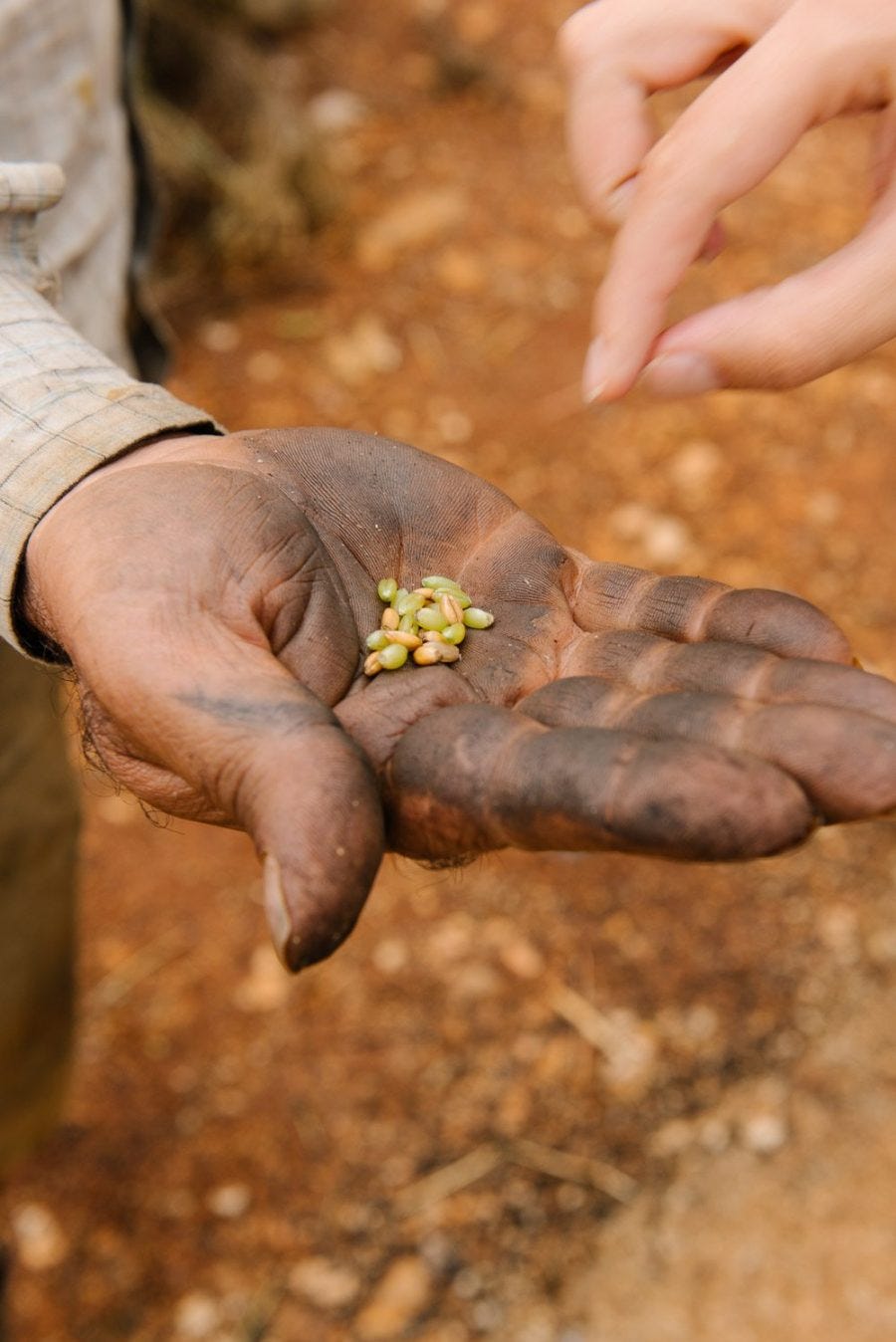
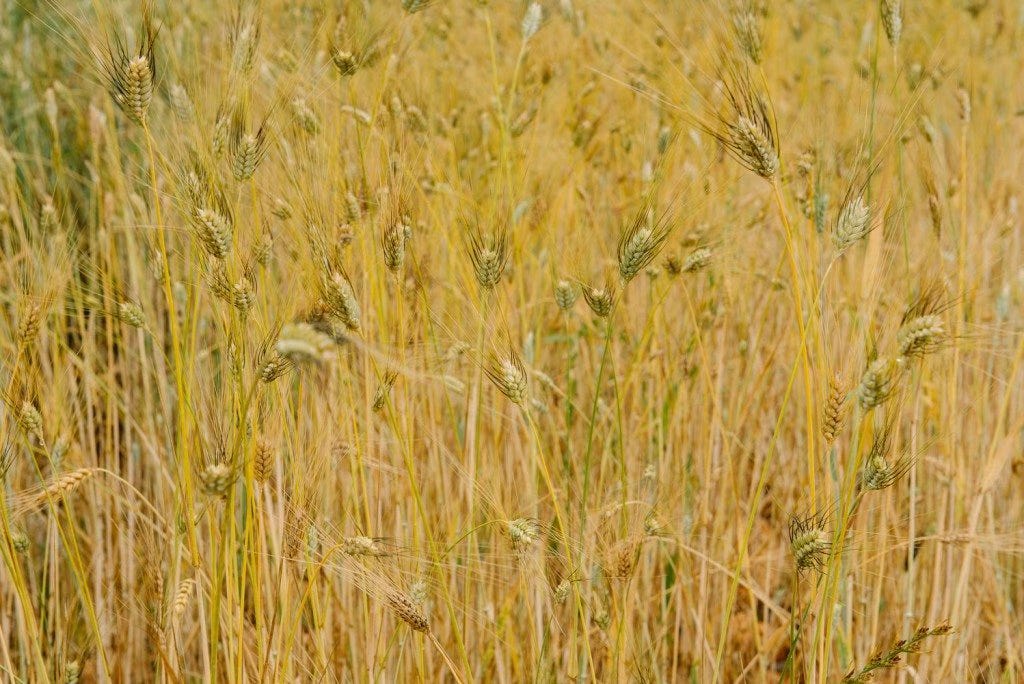

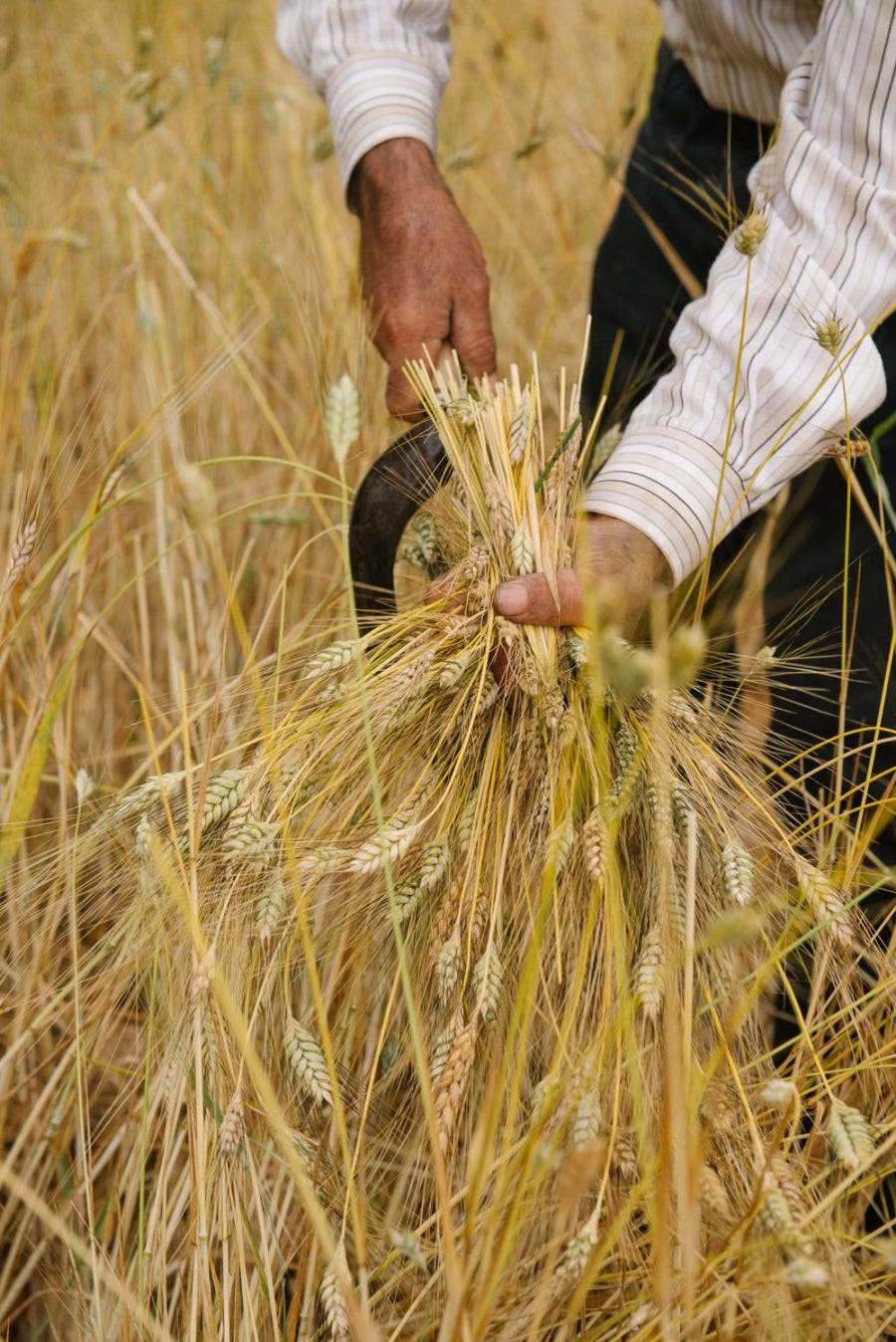
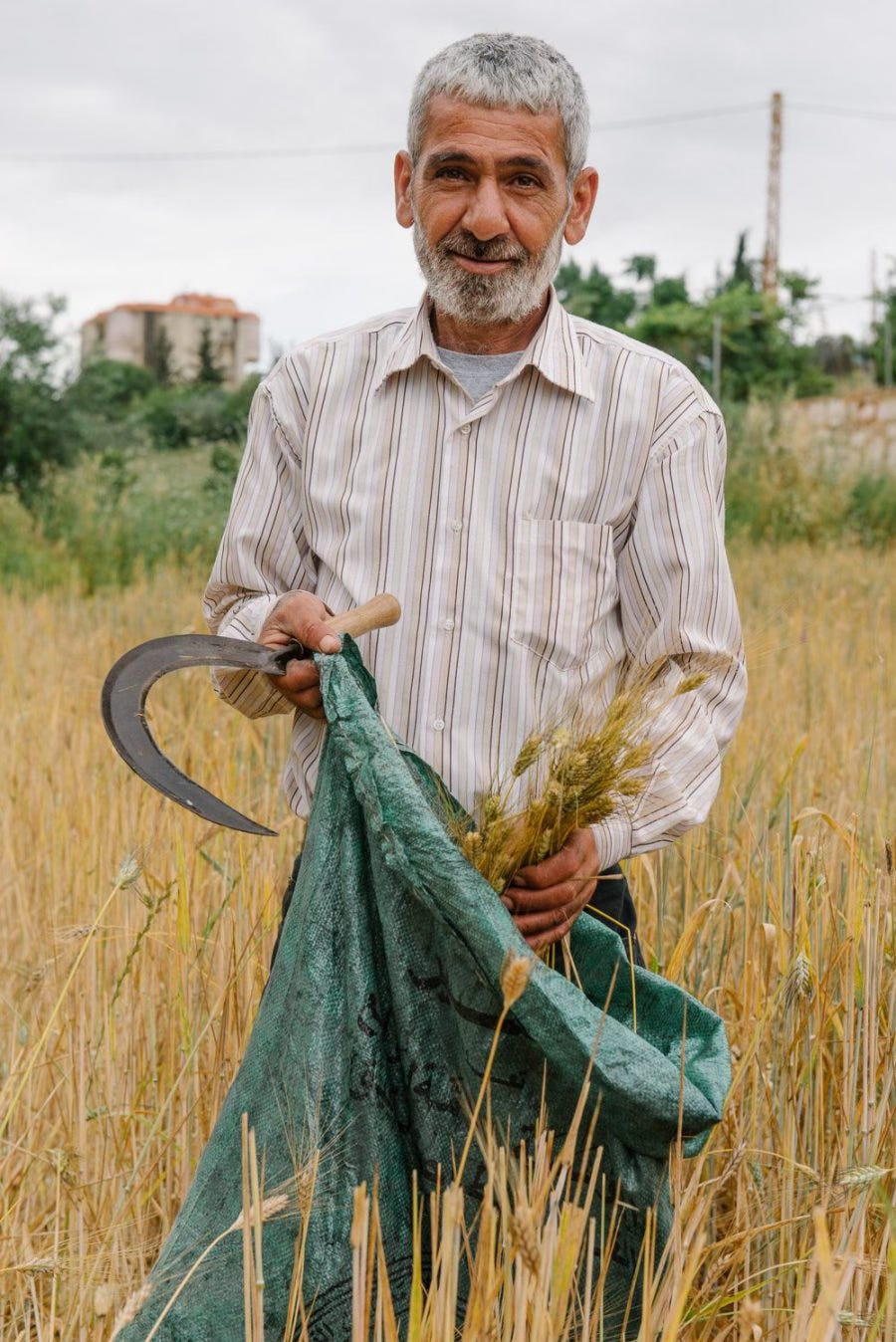


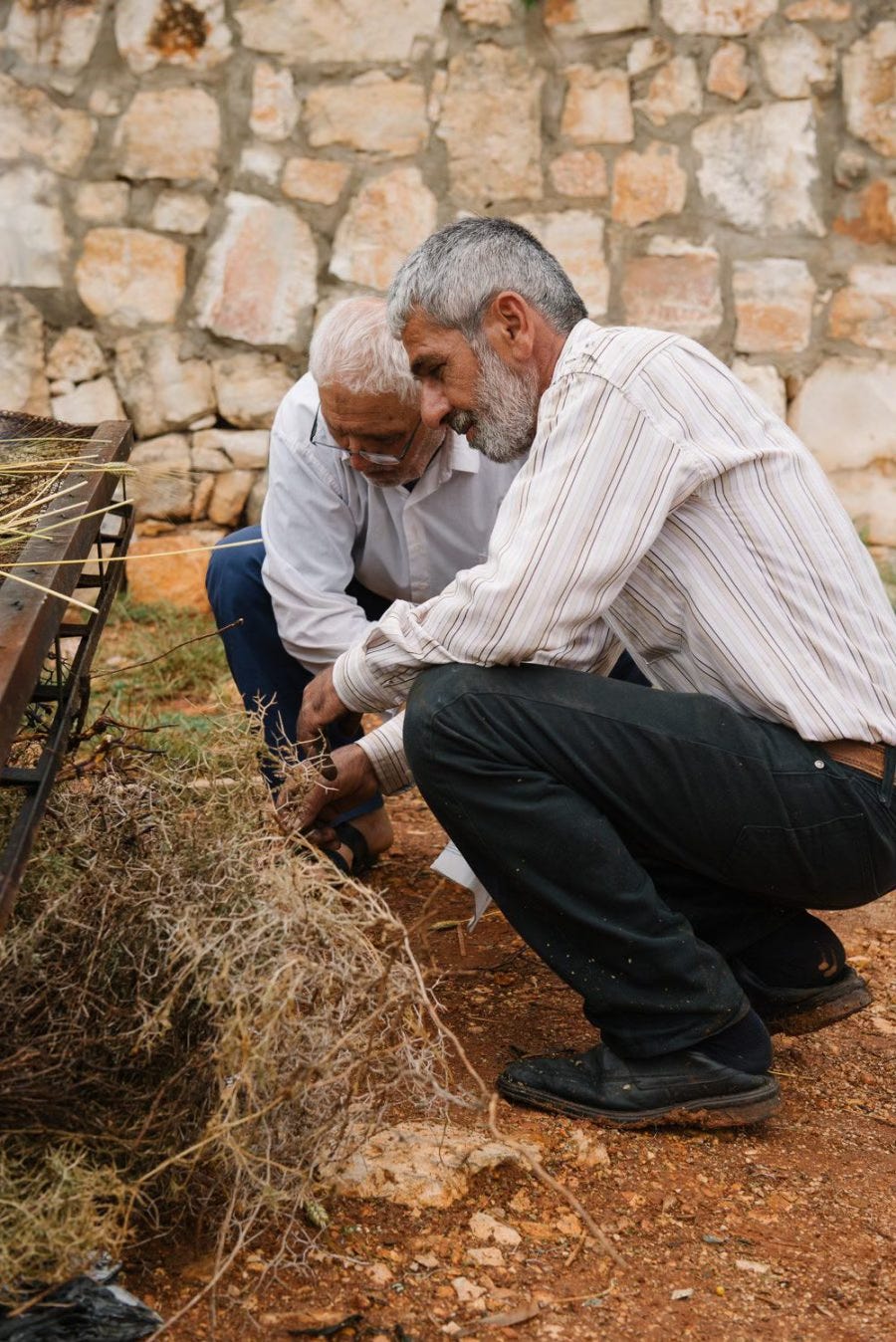


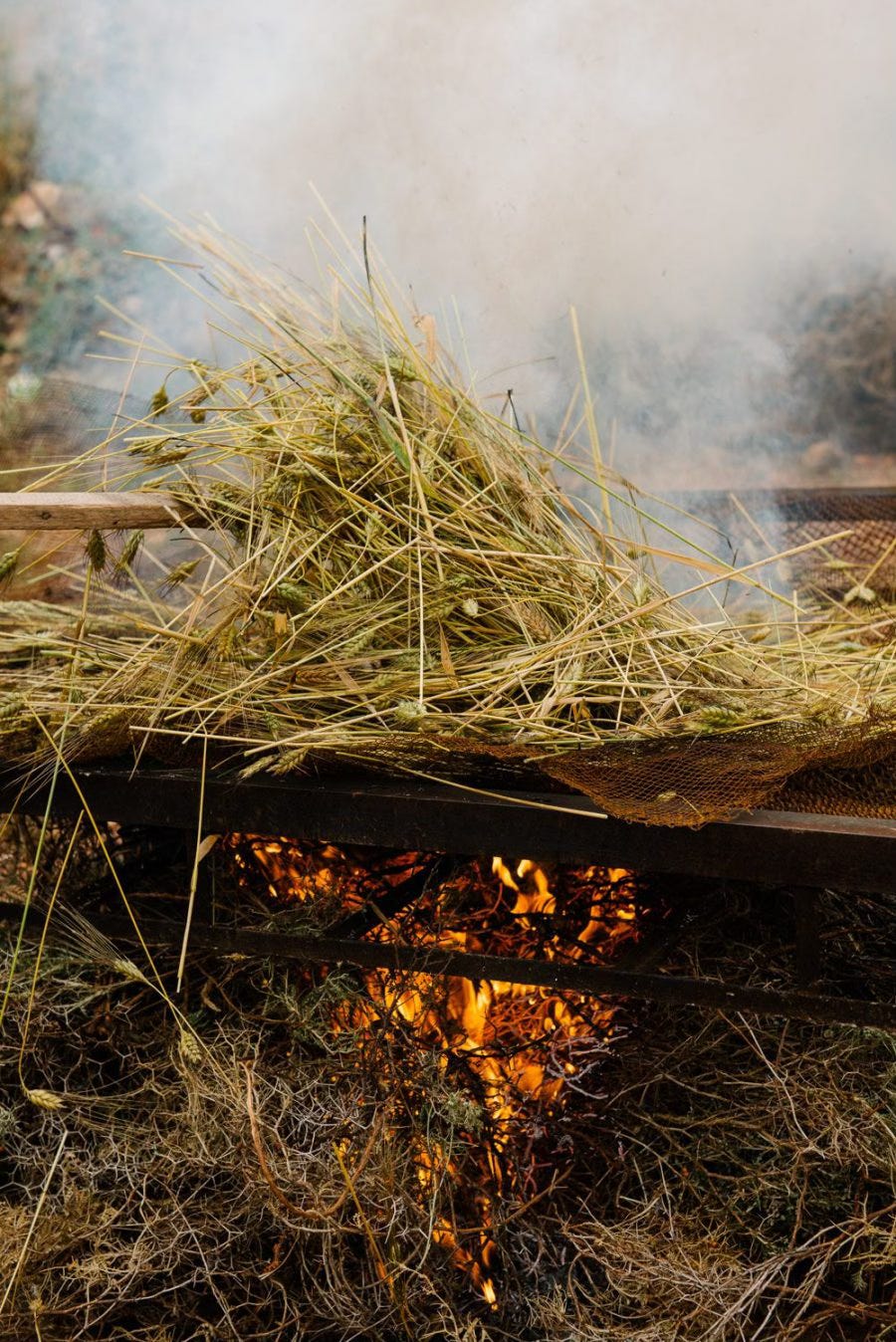




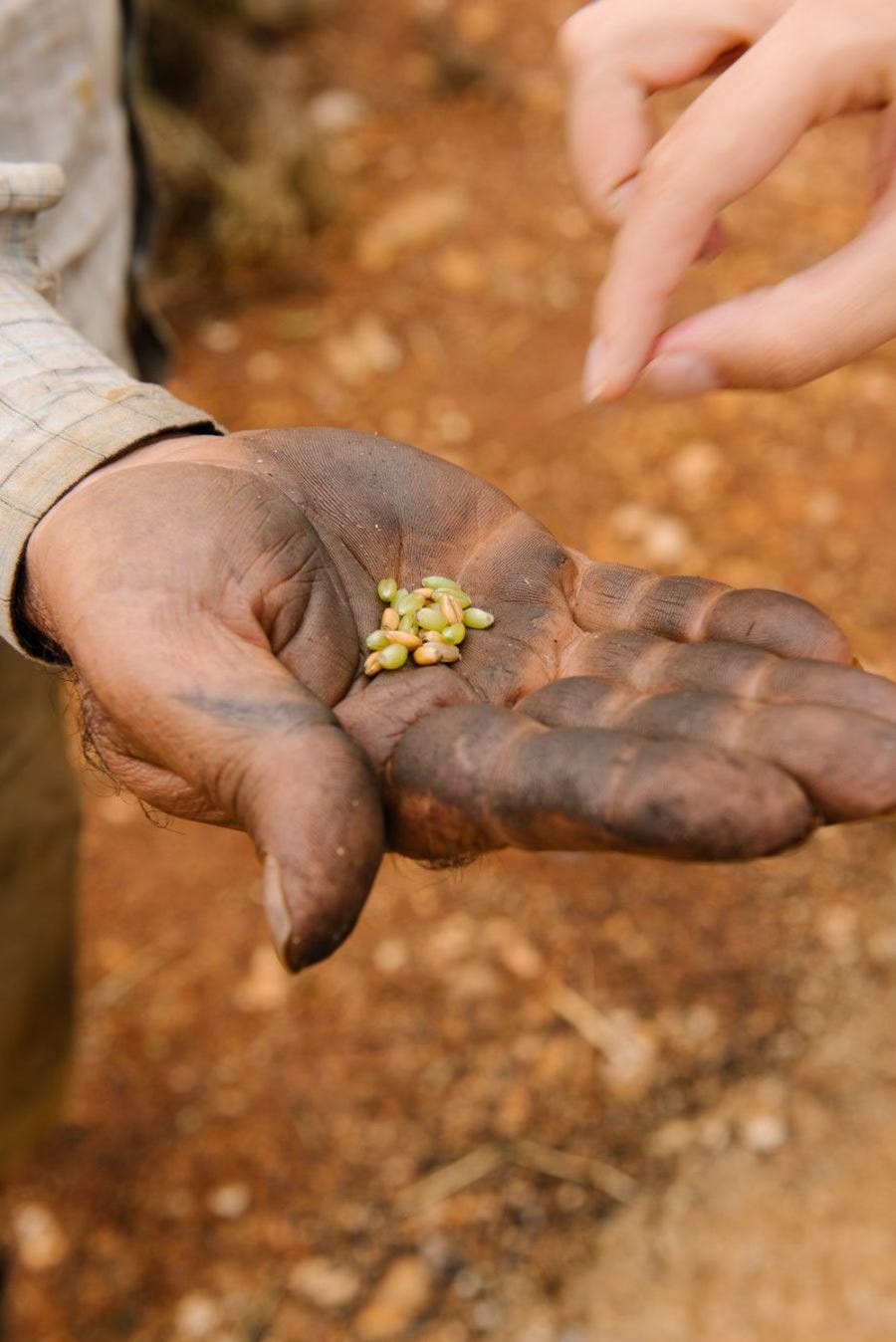
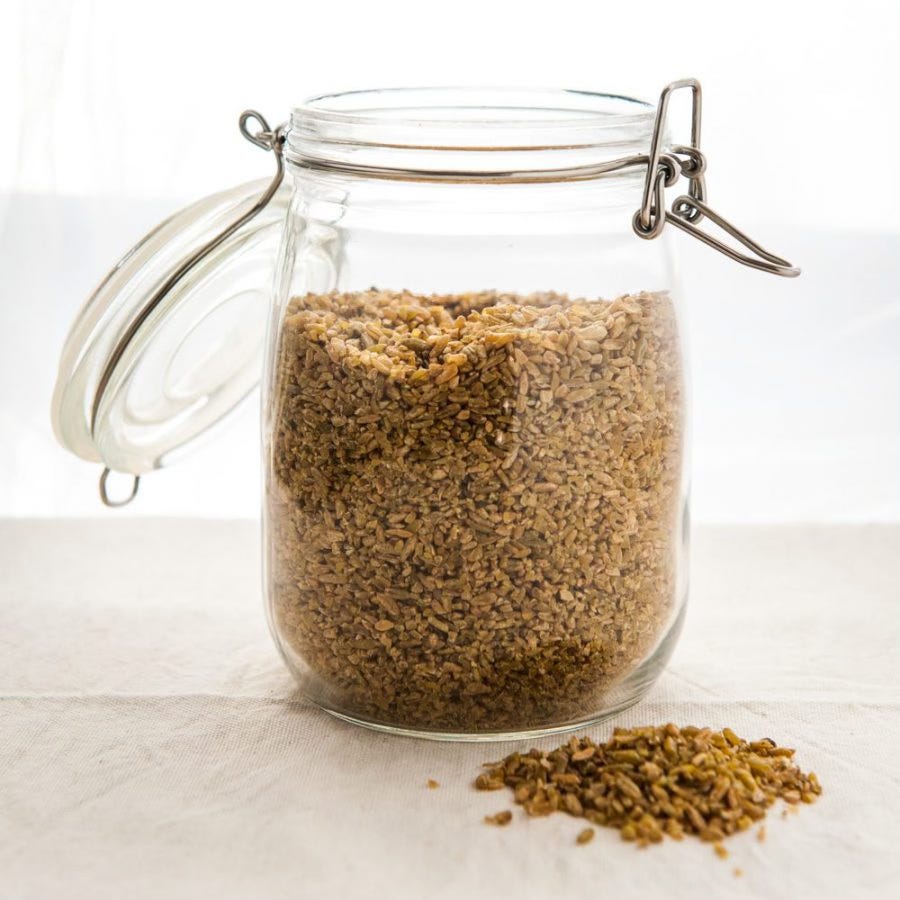
Thanks so much for this historical background to freekeh. I often wondered whether farmers harvested their grains early during the Ottoman period to avoid having to pay a share to their greedy overlords! And the smoking was in order to preserve it. So many things in Lebanon are picked green after all, so it seemed reasonable!